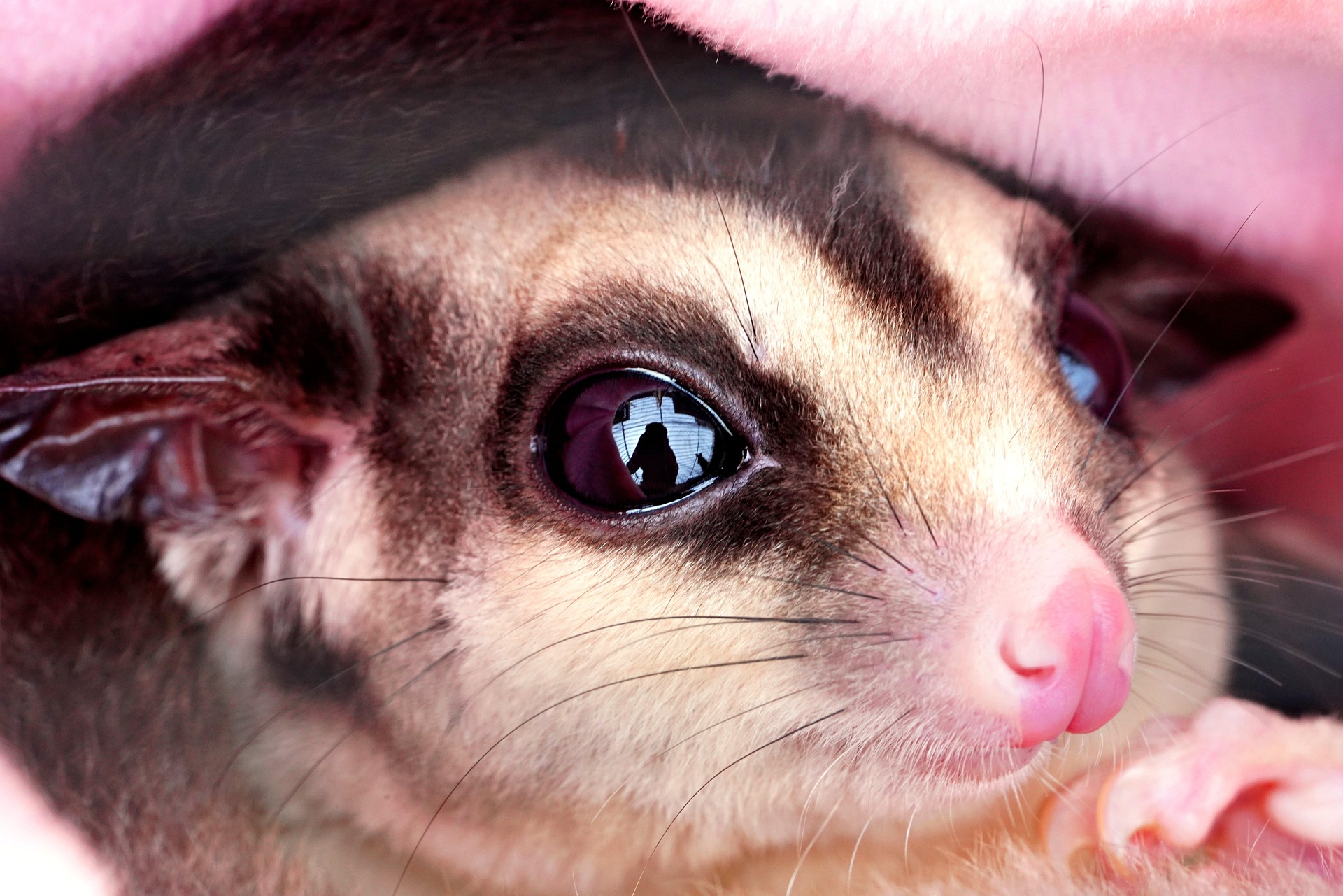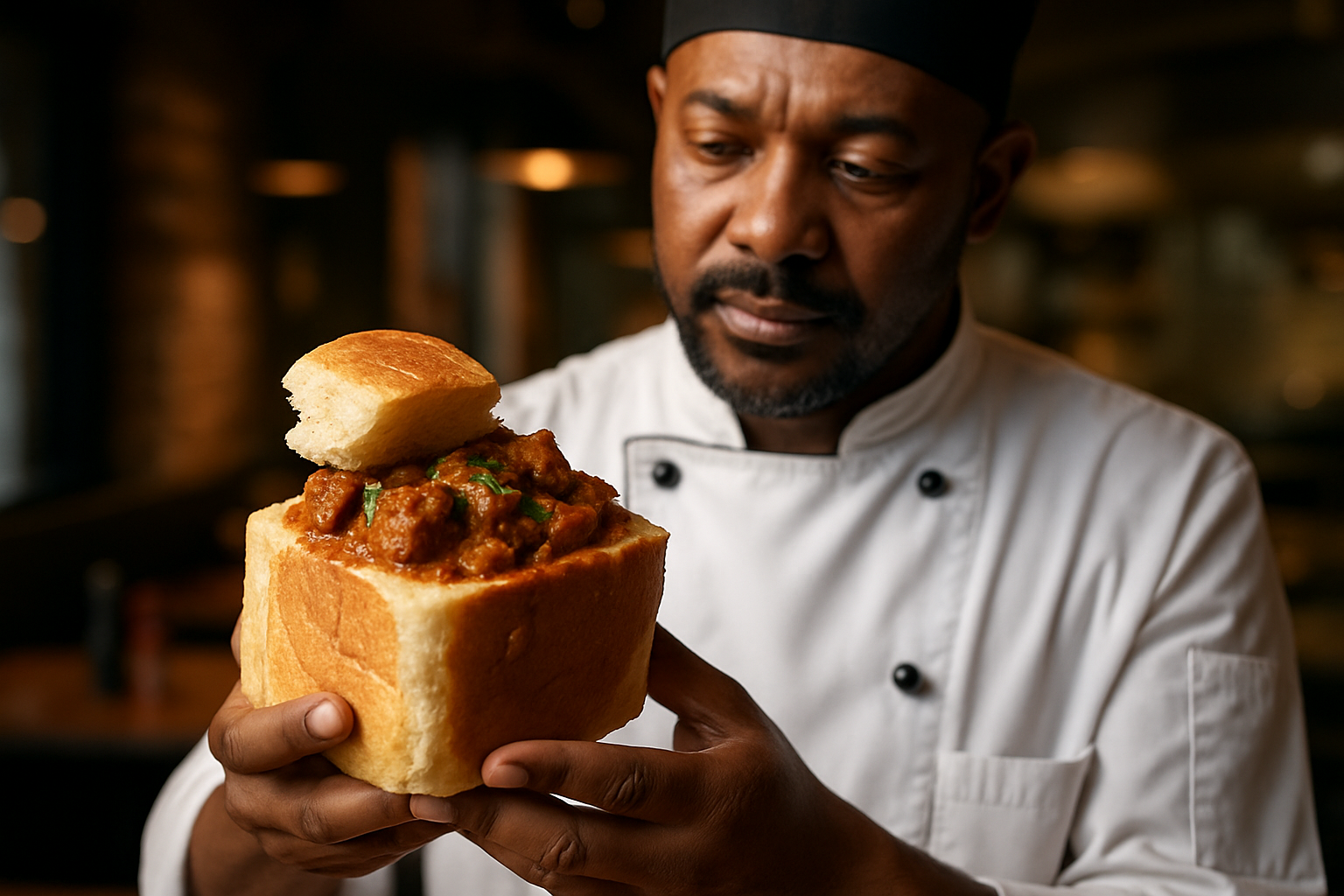Marsupial Mania: The Surprising World of Sugar Gliders as Exotic Pets
In recent years, a tiny, nocturnal marsupial from Australia has been capturing the hearts of exotic pet enthusiasts worldwide. Sugar gliders, with their large eyes, soft fur, and unique gliding abilities, have become increasingly popular as unconventional companions. This article delves into the fascinating world of sugar gliders as pets, exploring their care requirements, legal considerations, and the ethical implications of keeping these captivating creatures in our homes.

The Natural History of Sugar Gliders
Sugar gliders are nocturnal marsupials that have evolved to thrive in the treetops of Australian and Indonesian forests. Their name comes from their fondness for sweet foods and their ability to glide between trees using a thin membrane of skin called a patagium. In the wild, sugar gliders live in social groups and spend their nights foraging for food, which consists mainly of insects, tree sap, and nectar.
These fascinating creatures have several unique adaptations that make them well-suited to their arboreal lifestyle. Their large eyes provide excellent night vision, while their prehensile tails aid in balance and navigation through the treetops. Sugar gliders also possess a specialized tooth called a procumbent incisor, which helps them harvest tree sap and gum.
The Rise of Sugar Gliders in the Exotic Pet Trade
The popularity of sugar gliders as pets has grown significantly since the 1990s, particularly in the United States. Their cute appearance, small size, and unique behaviors have made them appealing to those seeking an unconventional companion animal. However, this surge in demand has led to concerns about the welfare of captive sugar gliders and the impact on wild populations.
In the exotic pet market, sugar gliders typically range in price from $200 to $500, with variations depending on factors such as age, color, and lineage. Some specialized breeders may charge even higher prices for rare color morphs or pedigree lines. The initial cost of acquiring a sugar glider is often just the tip of the iceberg, as proper care requires significant investment in housing, diet, and veterinary care.
Caring for Sugar Gliders: A Complex Commitment
Keeping sugar gliders as pets is a challenging endeavor that requires extensive knowledge, dedication, and resources. These animals have specific needs that must be met to ensure their physical and psychological well-being in captivity.
Housing for sugar gliders should mimic their natural environment as closely as possible. A large, tall cage with plenty of climbing opportunities is essential. The enclosure should measure at least 3 feet by 3 feet by 4 feet tall for a pair of gliders. Proper temperature control is crucial, as sugar gliders are sensitive to extreme heat and cold.
Diet is another critical aspect of sugar glider care. In captivity, they require a carefully balanced diet that includes a commercial sugar glider food, fresh fruits and vegetables, and protein sources such as insects or a specialized protein supplement. Maintaining the correct nutritional balance is essential to prevent health issues such as metabolic bone disease.
Social Needs and Behavioral Considerations
Sugar gliders are highly social animals that form strong bonds with their colony members in the wild. In captivity, it’s crucial to keep them in pairs or small groups to meet their social needs. Solitary sugar gliders often develop behavioral problems and may become depressed or anxious.
Owners must be prepared to invest significant time in bonding with their sugar gliders. These animals require daily interaction and playtime outside of their enclosure. Many sugar glider enthusiasts use bonding pouches to carry their pets close to their bodies, mimicking the marsupial pouch and strengthening the human-animal bond.
Legal and Ethical Considerations
The legality of owning sugar gliders varies widely depending on location. In some countries and states, they are entirely prohibited as pets, while in others, they may require special permits or licenses. Potential owners must thoroughly research local laws and regulations before considering a sugar glider as a pet.
From an ethical standpoint, the keeping of sugar gliders as pets is a contentious issue. Critics argue that these animals are wild creatures that cannot be truly domesticated and that captivity fails to meet their complex needs. There are also concerns about the sourcing of sugar gliders for the pet trade and the potential impact on wild populations.
The Future of Sugar Gliders in the Pet Trade
As awareness grows about the challenges of keeping sugar gliders as pets, there is ongoing debate about their place in the exotic animal trade. Some advocate for stricter regulations or outright bans on sugar glider ownership, while others argue for improved education and standards of care.
Research into sugar glider behavior and welfare in captivity is ongoing, with veterinarians and animal behaviorists working to develop best practices for their care. As our understanding of these unique animals grows, it’s likely that recommendations for their husbandry will continue to evolve.
In conclusion, the world of sugar gliders as exotic pets is complex and multifaceted. While these charming marsupials have captured the hearts of many, their care requirements and the ethical implications of keeping them in captivity present significant challenges. As the debate surrounding exotic pet ownership continues, it’s clear that the welfare of these fascinating creatures must remain at the forefront of any discussions about their future in our homes.




